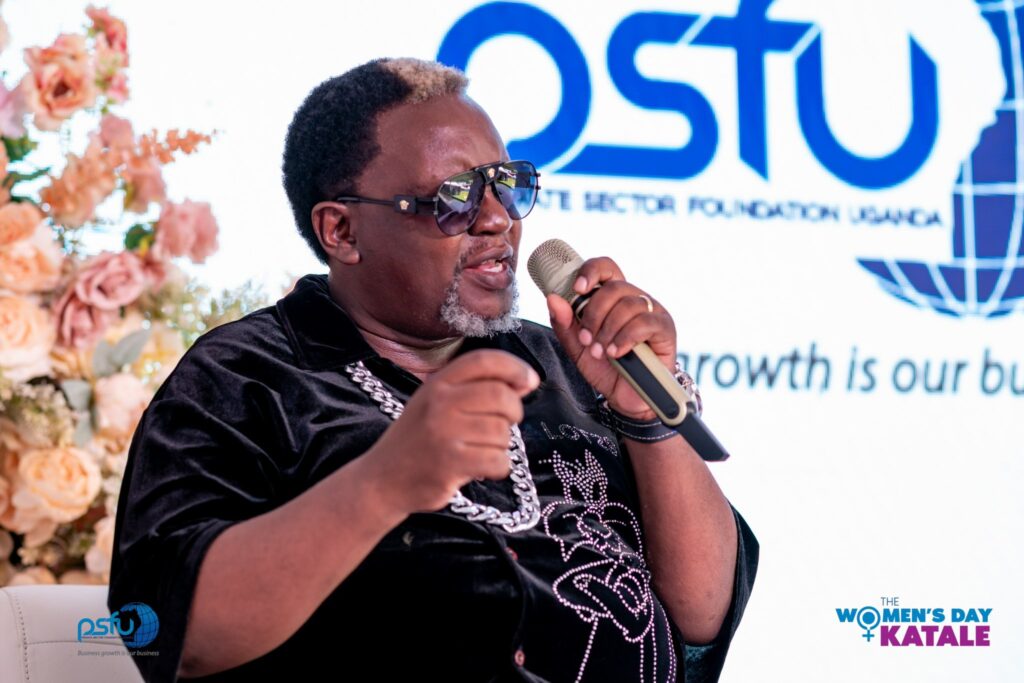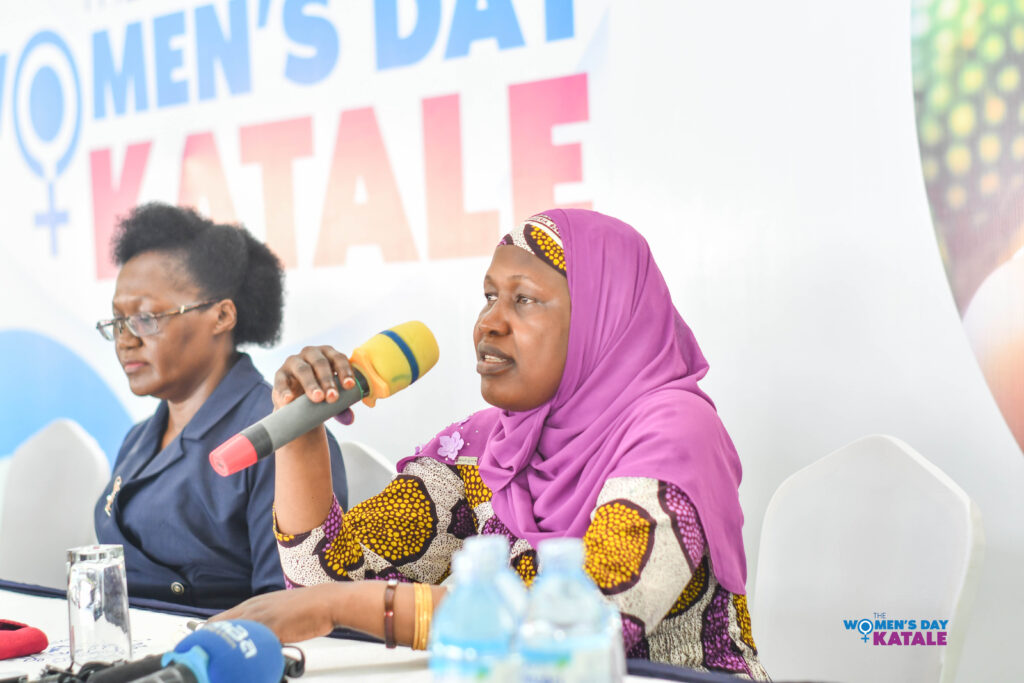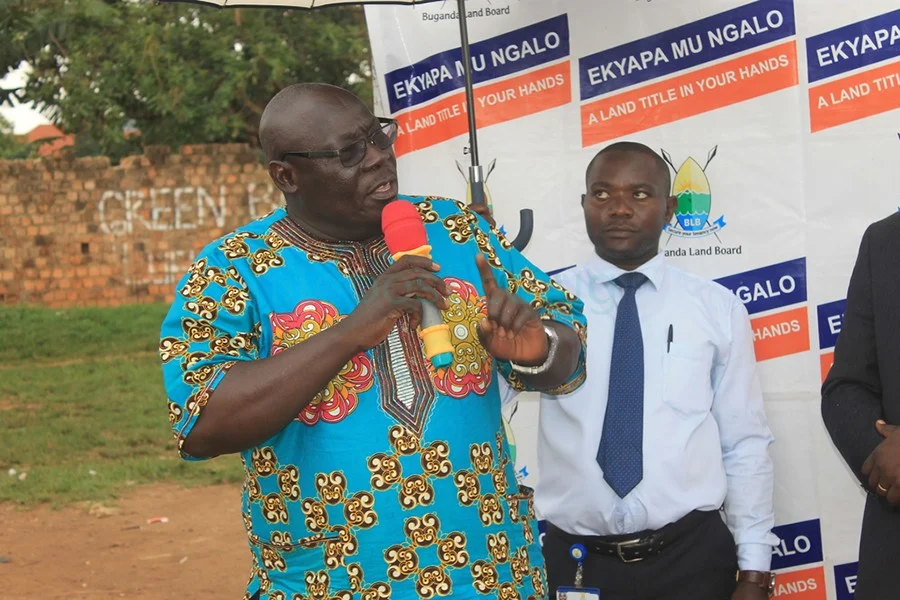Why we must design digital financial services that meet the needs of low-income users
Written by Ntulume Nicholas on February 21, 2023
In their paper titled “Advances in Real Time: Challenges and Solutions in Interoperable Payment Systems,” Kosta Peric, Miller Abel, and Matt Bohan discuss the complexity of dealing with cash. I refer to this paper when discussing elements like interoperability, Level One Project (L1P), and Instant Inclusive Payment Systems (IIPS) that are key to designing Digital Financial Services (DFS) for low-income users.
Finance centers around exchanging something valuable for more of what you want. For most people around the world, making payments is a fundamental financial action – whether using cash, SMS, or cards.
The choices people make while transacting are largely dictated by whether they prefer to pay with cash or use a digital payment system. In most cases, cost and convenience take precedence in making that choice. And these decisions are made quickly because the need for the service or product is immediate. Therefore, real-time payments are now a high priority for businesses and people.
Good enough, providers can now reach customers they previously couldn’t. These include people with very limited assets who are either unbanked or underserved by traditional financial services. The development of the Level One Project, an initiative to promote the creation and evolution of inclusive, interoperable digital payment platforms, is a response to such trends.
Despite the rise in digital financial services usage, an estimated 500 million adults are still financially excluded globally. Financial exclusion is majorly a result of the limited usage of open-loop, cost-effective, real-time, secure retail payments systems to connect low-income consumers to formal financial systems.
Of the 736 million people worldwide who lived on less than $1.90 a day in 2015, about 413 million were residents of sub-Saharan Africa. Several economic studies suggest that between 10 and 30% of households escape poverty in sub-Saharan Africa over a 3–10 year period. This is done by taking advantage of opportunities, such as finding a new job or starting a micro business. However, the sad fact is that a similar number of people fall back into poverty due to economic setbacks or life shocks.
Many people are more concerned with saving face than they are with ensuring a quality sustainable lifestyle. The ability to offer services that can sustain positive change in the face of shocks is key for innovators to achieve sustainability. They would help in modeling how low-income users can best access opportunities to better their own lives. At HiPipo, we have used our experience, working with global partners to develop ideas about how financial inclusion can be achieved. Digital financial services are powerful in their ability to help people transition onto formal systems and take advantage of opportunities. For example, today people can easily rely on a trusted ride-hailing service when they need one. A Boda Boda or taxi they can call with ease. Additionally, the growing number of digital transactional channels have proved efficient and meet the needs that low-income users value.
However, if we don’t address the barriers that limit sustainability and affordability, digital payments will continue to move slower than they should. Today, innovators and founders can use affordable solutions like Cloud-based services such as Azure and AWS to reach out to poor people. Most traditional transactions—especially those involving physical goods, services, or information—are still too expensive unless they can be handled digitally.
Lowering the cost of digital transactions over cash makes them more appealing, thereby creating attractive user experiences. The most efficient systems are those that provide users with high-quality, inexpensive transactions. Digital solutions improve lives and households, promote savings and confidence.
Creating simple variable cost structures that can be tailored to each user’s needs is preferable to creating a one-size-fits-all fixed structure. This is an important consideration when budgeting for the infrastructure needed to support innovators’ target users. This can eventually be distributed to thousands, millions, or even billions of transactions and users. The challenge is in finding an environment that provides the right number of users that can be served at a cost low enough to be feasible. The cost of the product you want to offer should be affordable compared to what people in traditional branches would pay.
For every user, income streams are not the same. This makes it extremely difficult to overcome the challenges associated with high transaction costs and traditional paper transactions. Over the years, it has become clearer that traditional financial services are unable to serve so many users. If more users can move into digital services, many of these challenges will be overcome. For example, Cash is accepted everywhere, but it’s often expensive to use. Transferring cash using informal couriers and lenders is also costly.
Interoperability helps mobile money services expand their reach into the merchant and bulk-payment markets. Most innovators lack the data needed to understand how to design affordable, interoperable financial products. Those that address the real issues facing low-income people. Many people are investing in learning about the behavior of poor people. These advancements are allowing many people to meet household needs in ways they never could before.

Most digital transactions do not require human intervention to complete as in traditional paper-based systems. We should provide solutions that address the economic barriers to the adoption of new technologies. We should also make sure people have enough information about these technologies. Many innovators are working to find such solutions.
The mobile phone has become an essential part of modern-day life. People are increasingly being served in bulk on the convenience of phones. These approaches are helping to build trust among low-income users. Advocates, supported by private foundations and funders are helping to spread word about financial products that can benefit those least likely to have access. We all must prioritize conversations about the best way to create solutions that work well with low-income users.
Undeniably, digitally-enabled solutions have reached people who had never been able to access such services – like poor women in some of the most remote areas on Earth.
In terms of financial infrastructure, an interoperable payment platform is one of the most important pieces. It is the point at which the daily financial actions of customers meet and rely upon holdings by providers. Such platforms are often organized on a national scale because of country-specific currencies and regulations. However, regional and international systems are also important. We see this in the EU, South African Development Community (SADC), and credit card providers like Visa or MasterCard. By doing holistic impact investment on digital infrastructure, we will see the influence of digital services on agriculture, education, and healthcare. Taking these actions will improve trust and user perception among low-income people. Investment in public-private infrastructure can have a major impact on the living conditions of poor people. Players are working with public and private sector providers to develop sustainable impact measures.
According to McKinsey, by 2025, the e-payment market is expected to reach $40 billion in revenue from domestic payments alone and process 188 billion transactions. However, Africa’s growth in e-payments will likely be uneven, depending on factors such as infrastructure readiness, regulation, and mobile penetration. To better accommodate the digital age, a few countries have made advances in their policy frameworks, electronic payment systems, and infrastructure.
A 2022 report by AfricaNenda found that nearly 30 instant payment systems operate in Africa. Most continue to be designed for use by only a few financial institutions and rely on high transaction values.
The design principles outlined in the Level One Project guide provide a valuable tool for increasing and sustaining digital financial inclusion. The Mojaloop OSS, together with the APIs and strategies inspired by distributed ledger technology, fosters a vision of an interoperable ecosystem. As such, banks, government entities, merchants, and mobile money operators can all work together to promote financial inclusion among underprivileged groups.
Interoperability will hasten innovation for real-time payments solutions in person-to-person, merchant point of sale, payroll and bulk payment transfers; multiple accounts, users and fraud monitoring. Organisations like HiPipo are known for championing digital innovation, Interoperability and Instant, Inclusive Payment Systems (IIPS) across Africa.
The HiPipo Include Everyone Program provides a platform for governments and other stakeholders, including private sector organizations, to work together to promote financial inclusion in Africa. The Program draws on experience gained, advocating for the reduction of interoperability challenges that lead to exclusion from financial services among poor and vulnerable groups. The Include Everyone Program features the implementation of the 40 Days 40 FinTechs Initiative, Women In FinTech Hackathon, Summit and Incubator; Digital Impact Awards Africa, and the Digital and Financial Inclusion Summit.
The program offers technical training on how to promote the deployment of payments systems that are secure, universal, and competitive. It supports governments by providing technical and policy advice on cutting-edge issues, promoting secure ICT deployment for sector development and strategic investment.
We also have the HiPipo Women In FinTech magazine that highlights women’s contributions to and achievements in the financial technology industry. It explores challenges facing women working in finance and tech. The magazine is part of HiPipo’s efforts to promote diversity and inclusion in the digital innovation industry. Furthermore, the magazine supports raising awareness about the significance of women in shaping the future of finance and technology.
Building an interoperable payment platform on a national or regional scale is no small accomplishment. It requires a clear focus on the ultimate objectives, effective governance and oversight, and an awareness of potential obstacles. Interoperability can be achieved by overcoming two key technological barriers namely;
- Lack of an efficient clearing system in which to settle payments across different financial service providers.
- Lack of a standardized method for connecting these providers to a common platform.
The L1P and its reference implementations address both of these issues. Building L1P-aligned platforms can help overcome some of the key barriers limiting full financial inclusion.
Interoperable instant and inclusive payment systems promote sustainable and inclusive economic growth. They support the transfer and receipt of low-value payments at any time, and at an exceptionally low cost that may introduce the unbanked to the formal financial system.





